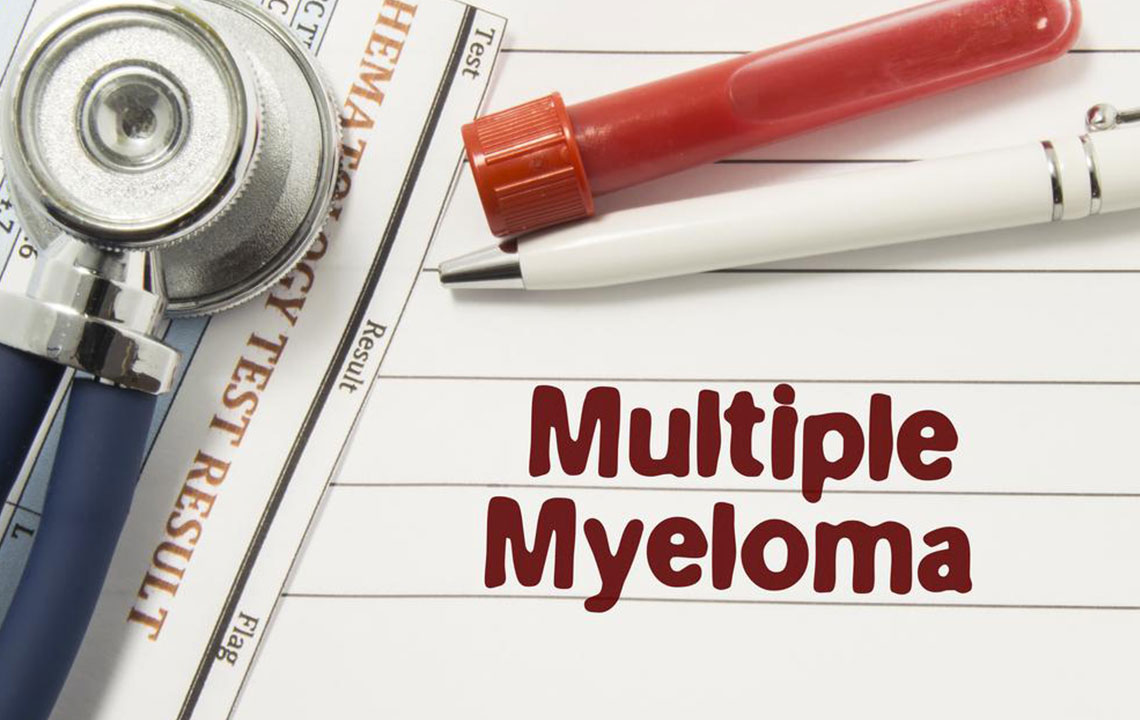Top 10 Factors That Elevate Myeloma Risk You Should Know
This article details the top 10 risk factors for myeloma, a type of blood cancer affecting plasma cells. Key points include age-related susceptibility, ethnicity, gender differences, genetic links, and environmental exposures. Recognizing these risk factors can lead to early detection and better management of the disease. If you have a family history or other risk indicators, consulting a healthcare professional is advised. Stay informed to protect your health and catch potential issues early.
Sponsored

Bone marrow, a soft tissue found within our bones, produces blood components such as red blood cells, white blood cells, and platelets. Myeloma is a type of cancer affecting plasma cells, a subset of white blood cells that produce antibodies to fight infections. In myeloma, abnormal plasma cells multiply in the bone marrow, crowding out healthy blood cells, which can lead to anemia, bleeding, and immune deficiency. These rogue cells also damage bones, resulting in pain and fractures.
Although the exact cause of myeloma remains unclear, certain risk factors have been identified. These include age, ethnicity, gender, and genetic predispositions.
The disease mainly impacts older adults, typically between 60 and 65 years old.
It is twice as prevalent among African-Americans compared to Caucasians and Asians.
Males are more susceptible than females.
A presence of monoclonal gammopathy of unknown significance (MGUS)—a harmless condition with abnormal blood proteins—raises the likelihood of developing myeloma.
Additional risk factors comprise family history, exposure to radiation or hazardous chemicals like pesticides, fertilizers, and Agent Orange, and immunosuppressive treatments following organ transplants.
Autoimmune diseases such as ankylosing spondylitis, autoimmune hemolytic anemia, and lupus also increase risk. People with Gaucher disease, a genetic disorder characterized by fatty substance accumulation, are at higher risk. Obesity furthermore heightens the chances of developing myeloma.
Understanding these factors can help in early detection and prompt medical consultation if symptoms appear or if you have risk factors.






